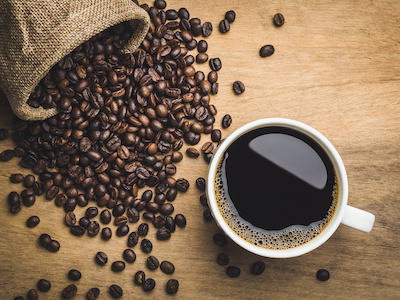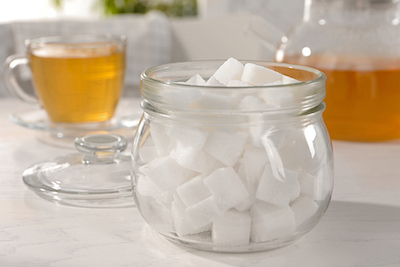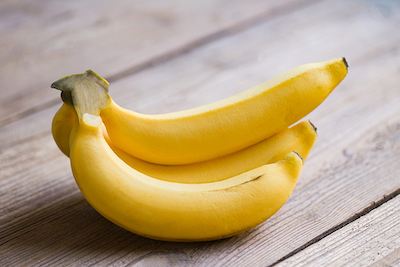Coffee is one of the most widely consumed beverages in the world, and it’s produced from two main species of coffee beans: Arabica and Robusta. These two species are the most commonly grown coffee beans and each has its own unique flavor profile, growing conditions, and properties. In this article, we will explore the differences between Arabica and Robusta beans, including their taste, caffeine content, and growing conditions.
Arabica beans are considered to be the higher quality and more desirable of the two coffee bean species. They are known for their sweet, delicate flavor, with notes of fruit and sugar, and a smooth and well-balanced finish. This flavor profile is largely due to the fact that Arabica beans contain less caffeine than Robusta beans. In fact, Arabica beans contain approximately half the amount of caffeine as Robusta beans. This makes them the preferred choice for many coffee drinkers who prefer a milder taste and less of a caffeine boost.
Arabica beans are grown in specific regions of the world, typically in high altitude, cool, and moist environments. These conditions allow the beans to mature more slowly and produce a more complex flavor profile. Arabica beans are also more susceptible to disease and pests, and are more difficult to grow than Robusta beans, which is reflected in their higher price.
On the other hand, Robusta beans are known for their strong, bitter flavor, with notes of nuts and chocolate, and a thick and heavy body. This flavor profile is largely due to the fact that Robusta beans contain twice the amount of caffeine as Arabica beans. This makes them a popular choice for those who prefer a more robust and invigorating coffee experience.
Robusta beans are grown in lower altitude, hot and humid regions of the world, and are much more resistant to disease and pests.
This makes them easier and less expensive to grow, which is reflected in their lower price. In addition to their strong flavor and high caffeine content, Robusta beans are also known for their high levels of crema, the creamy foam that sits on top of a shot of espresso. This is because Robusta beans contain more oils and proteins than Arabica beans, which contribute to the crema’s formation.
When it comes to brewing, both Arabica and Robusta beans have their own unique properties that make them suitable for different types of coffee drinks. For example, Arabica beans are often used in specialty coffee drinks such as lattes and cappuccinos, where the milder flavor profile is appreciated. In contrast, Robusta beans are often used in espresso blends, where their strong flavor and high caffeine content are appreciated.
In conclusion, Arabica and Robusta beans are two distinct species of coffee beans that offer different flavor profiles, caffeine content, and growing conditions. While both species are widely consumed around the world, the choice between Arabica and Robusta beans often comes down to personal preference and the type of coffee drink being made. Whether you prefer a sweet and delicate flavor, or a strong and bitter taste, both Arabica and Robusta beans have something to offer coffee drinkers everywhere.














